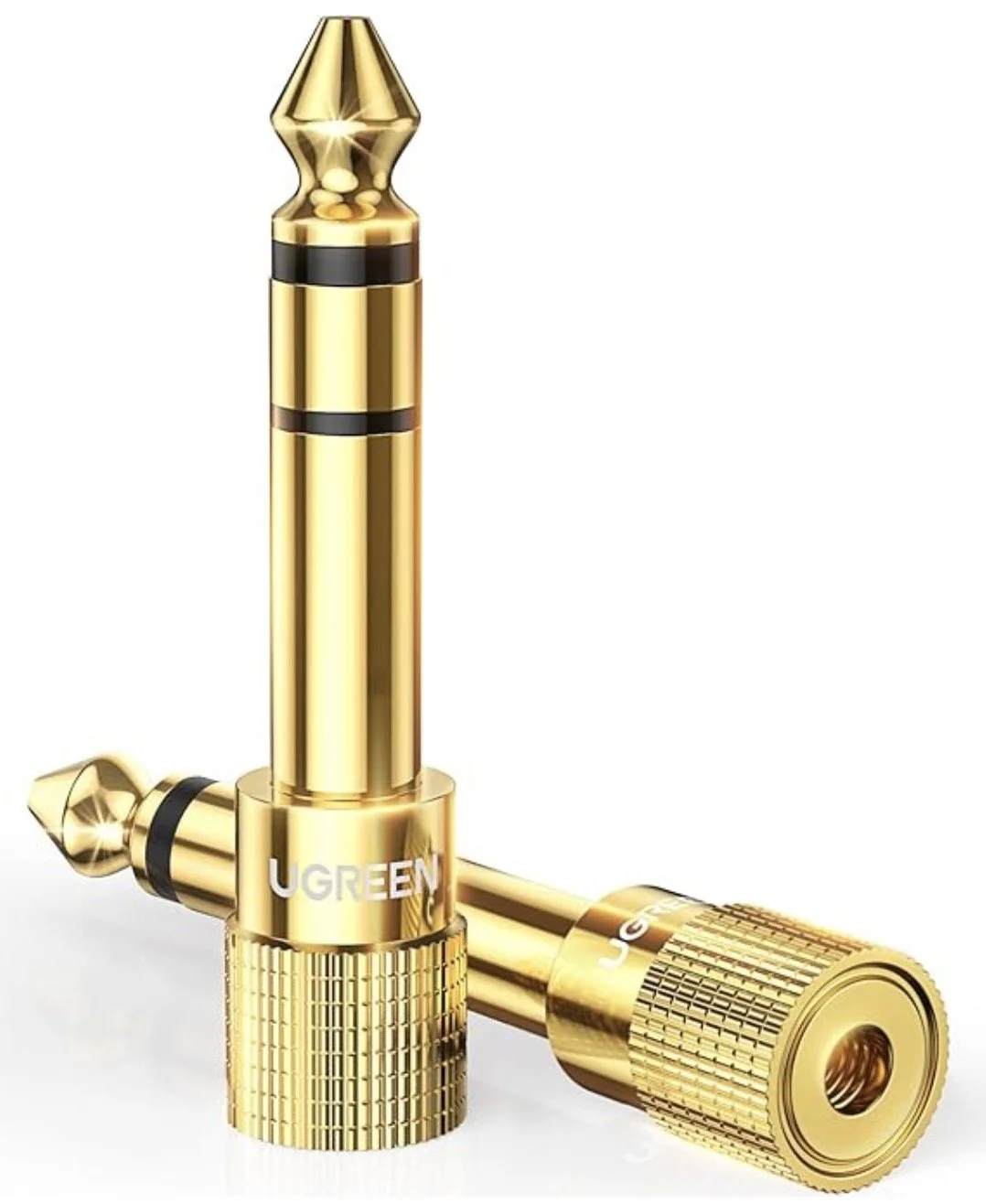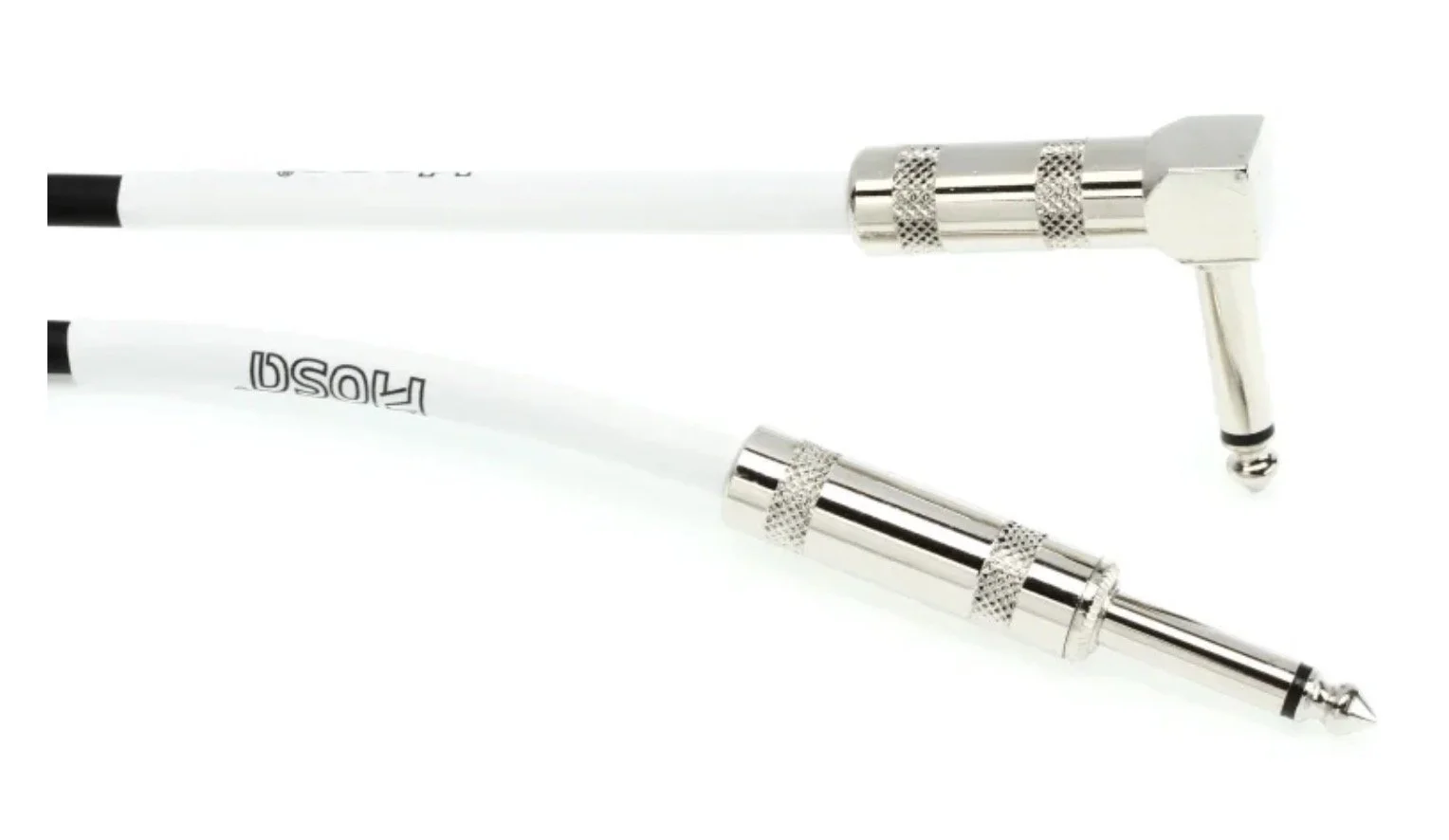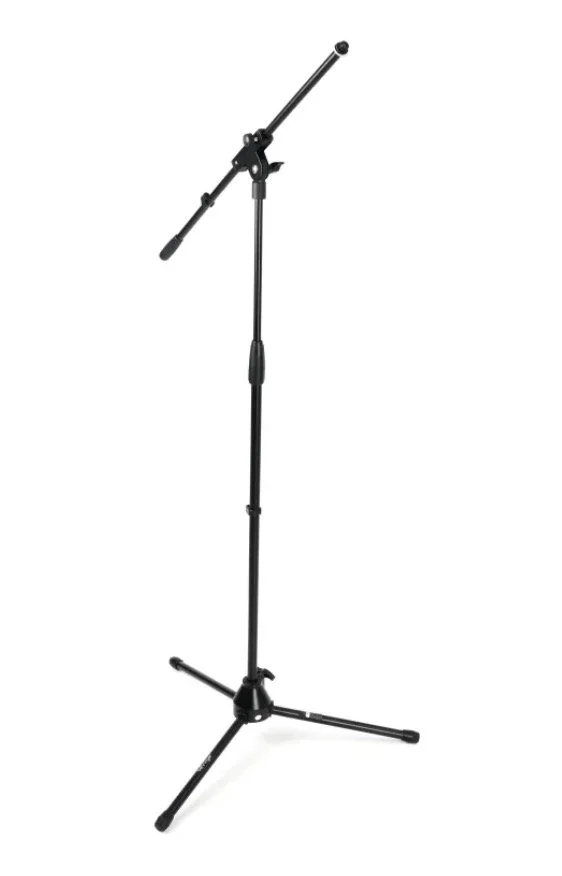Building a home music studio for under $300
Can a computer-based home music studio be built for under $300? A tough challenge, but let’s give it a go.
We’re focusing on keeping our costs as low as possible for this build, which means we’ll have to make some quality and feature sacrifices. This might actually work out OK in the long run, if we commit to using this gear for casual writing purposes only, and then re-recording our favorite demos inside of a more professional facility later on.
For the record, while I’m taking this challenge on, I don’t actually recommend buying at this level of gear quality. That’s because the entire music gear industry is built upon casual hobbyists stair-stepping their way up a price ladder like this: buying gear that’s honestly a bit too cheap as an impulse purchase, growing out of it quickly, then selling it at a loss or throwing it in a closet only to buy different or more expensive gear, and repeating that cycle over and over again.
After you’ve done this just once or twice, you’ve spent way more money than you would have if you had just done your research, and bought the right tool for the right job the first time. So, take these recommendations with a grain of salt, and I’d advise you consider spending just a little bit more if you’re able to. My complete Home Studio Gear Guide has all of my top recommended gear choices, all in one place.
Our final budget
Here’s the final gear list: we’re under budget by $28!
Audio Interfaces
Focusrite Scarlett Solo 3rd Gen USB Audio Interface: $99
Monitoring
Apple wired Earpods with 3.5mm plug: $19
3.5mm to 1/4 inch headphone adapter, 2 pack: $10
Microphones
Sennheiser e835: $94
Cabling
Hosa MCL-110 10 foot XLR microphone cable: $17
Hosa GTR-210R Straight to Right Angle Guitar Cable - 10 foot: $14
Stands
Behringer MS2050-L Professional Tripod Microphone Stand: $19
Total: $272
Design assumptions
Price is our primary concern here; and we’re willing to sacrifice a significant amount of features and convenience to achieve the absolute lowest price possible.
Just to echo the concerns noted above: it is likely you will outgrow this level of gear very quickly, so it might be a more cost-effective approach to spend just a little bit more in the beginning, and buy a set of gear you can grow into over at least a year or more of learning music.
To help with that, my full series containing many different home studio buildouts at different price points can be found here.
I’m assuming that you already have some instruments lying around, and we’ll focus on gathering the most minimal and cheapest gear necessary to record instruments commonly used for writing songs at home.
I’ll also assume that you already own a computer and some basic recording software like Apple’s GarageBand, Ableton, Cubase, etc. Any of this gear will work with free recording software.
Audio Interfaces
To get the price as low as possible, I’m going for an interface with only one microphone channel. While you’ll find being able to record music using at least two mics is ideal, this interface does have an additional instrument channel. So, it’s easy to plug an electric guitar or synth directly into the interface, and then only have to deal with a single microphone for recording your vocals, or other acoustic instruments.
Focusrite Scarlett Solo 3rd Gen USB Audio Interface ($99)
The Focusrite Scarlett Solo audio interface.
Headphones
Although Apple’s standard wired EarPods aren’t technically a pro audio piece of equipment, they’re actually some of the best bangs for the buck when it comes to great sound quality at a lower price. Their sound quality rivals that of the cheapest-tier pro studio headphones that cost twice as much, and they’ll do a good job at keeping headphone bleed noise from making it into your microphone.
Apple wired Earpods with 3.5mm plug ($19)
Apple wired EarPods
1/4 inch male to 3.5mm female headphone adapter, 2 pack ($10)
We’ll need a headphone adapter to convert the Focusrite interface’s 1/4 inch headphone output to the EarPods 3.5mm plug. Any standard brand will do, and a two-pack should run you about $10.
1/4 inch male TRS to 3.5mm female headphone adapter.
Microphones
Sennheiser e835 ($94)
Sennheiser’s version of the classic Shure SM58 live vocal microphone, this choice sounds better for the same price.
Sennheiser e835 vocal microphone.
Cables
We’re going with the budget Hosa brand cable here, which will work fine, especially when bought new. You’ll want one that’s at least 10 feet long.
Hosa MCL-110 10 foot XLR microphone cable ($17)
Hosa MCL-110 10 foot XLR microphone cable.
Hosa GTR-210R Straight to Right Angle Guitar Cable - 10 foot ($14)
For the guitar/synth input on the interface, I’ve included a 10 ft right angle instrument cable. You can use this to plug a synth or guitar directly into the second channel of this interface, and I find the right angle plugs tend to last a bit longer, and are more handy than double straight plugs.
Hosa GTR-210R Straight to Right Angle Guitar Cable.
Mic stands
For maximum flexibility, we’re going with a standard-height boom mic stand. This one is a budget model, not super heavy duty, but will work fine with the low weight Sennheiser vocal mic I’ve chosen.
Behringer MS2050-L Professional Tripod Microphone Stand ($19)
Behringer MS2050-L Microphone Stand.
And that’s it! A very simple and affordable budget setup for basic home recording. Remember, you can always save even more by looking for this gear on the used market.
You can find all of my different home studio buildouts at various price points inside of the Building a Home Music Studio series, and my comprehensive list of home studio equipment can be found inside my Home Studio Gear Guide.







